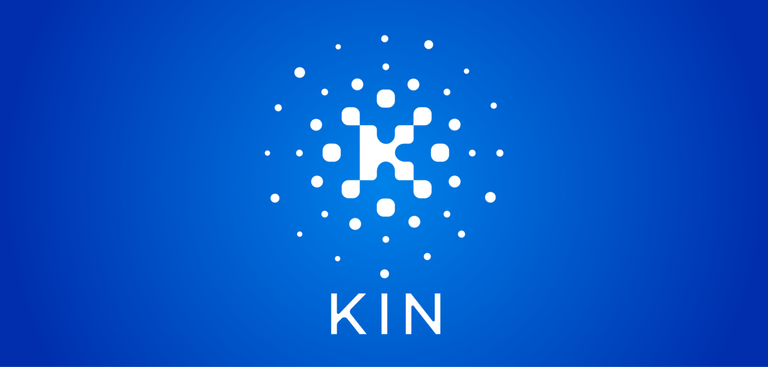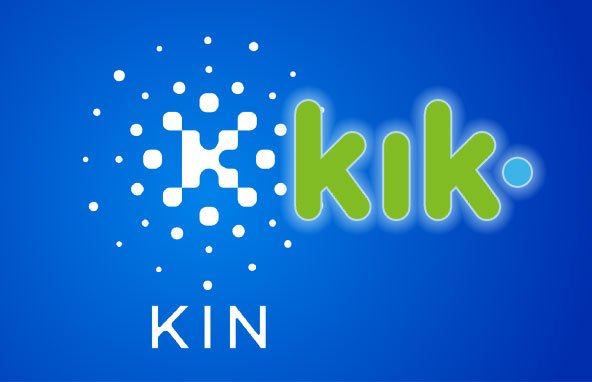
Kin is a decentralized cryptocurrency token issued on Ethereum, an open-source public blockchain. It was created by Kik Interactive in September 2017 in a token distribution event, raising over $98 million from 10,000 participants. The purpose of the token is to facilitate value transfers in digital services such as gaming applications and social media, and will initially be launched on the Kik messenger to leverage the application's 15 million monthly active users. Use of Kin over other tokens is incentivised by providing a daily reward to developers of these digital services based on their usage.



Background
In early 2017, Kik CEO Ted Livingston announced that the company would be launching a cryptocurrency. This move marked a pivot in Kik's strategy, a response to difficulties faced from competing with larger social networks such as fasbook
Kin Rewards Engine
The Kin Rewards Engine (KRE) is a built-in incentive mechanism of the Kin ecosystem, paying out daily rewards to creators based on usage of digital services that utilise Kin. 60% of the total Kin supply has been dedicated to the KRE, with a planned emission of 0.061% of the remaining reserves each day after launching in Q3 2018. Of the newly issued Kin, 75% will be used as rewards and the remaining 25% as a marketing and operations budget for the Kin Foundation. The amount of Kin that a service is rewarded will depend on its contribution to the overall economy.


Token Distribution Event
There was much enthusiasm behind Kin prior to the token distribution event (TDE), with cryptocurrency fans seeing the move as legitimising the controversial industry. On September 7, 2017, only days before the Kin TDE, Kik announced that Canadian citizens would be barred from participating, citing weak guidance from the Ontario Securities Commission for the decision. This partly suppressed participation in the TDE, with only $98 million raised of the $125 million goal.
Token Allocation
The total supply of 10 trillion tokens are distributed across 4 segments:
- 5% - Pre-sale participants. Received at a 30% discount prior to the TDE
- 5% - TDE participants.
- 60% - KRE reserves for ecosystem growth.
- 30% - Kik Interactive, to be vested at 10% per quarter for 10 quarters.
Digital Economy
Kik’s stated goal with Kin is to build a digital economy where users can access digital services and content built by the Kin community. In this digital economy, Kin will be the primary unit of account for all transactions. Users will adopt digital services in the Kin Ecosystem, and for building those services, creators earn Kin through a novel system called the Kin Rewards Engine (KRE).Kin is currently an ERC-20 token on the public Ethereum blockchain. The total supply of Kin is fixed at 10 trillion Kin tokens and only a small amount of Kin will be tradable on secondary markets, and more than half of the total Kin supply will be used in the KRE. Every user will have access to a Kin wallet that can be used to spend, store and receive Kin.Kin’s goal is to enable ‘two-sided marketplaces’ between users and creators. Creators supply the Kin Economy with digital services while users drive demand by consuming these services. Any service that provides value, whether original content, apps or premium groups, is classified as a digital service. The Kin ecosystem will open doors for its community to create a range of services. Anyone in Kin can create, and be rewarded for it. Kik bots will also have the ability to structure their own business models and even accept payments in Kin, giving developers a bigger set of tools to build unique apps.A non-profit governing body known as the Kin Foundation will initially take on the role of governance in the Kin ecosystem by building software development kits for simple Kin implementation and by on-boarding digital services with the KRE.